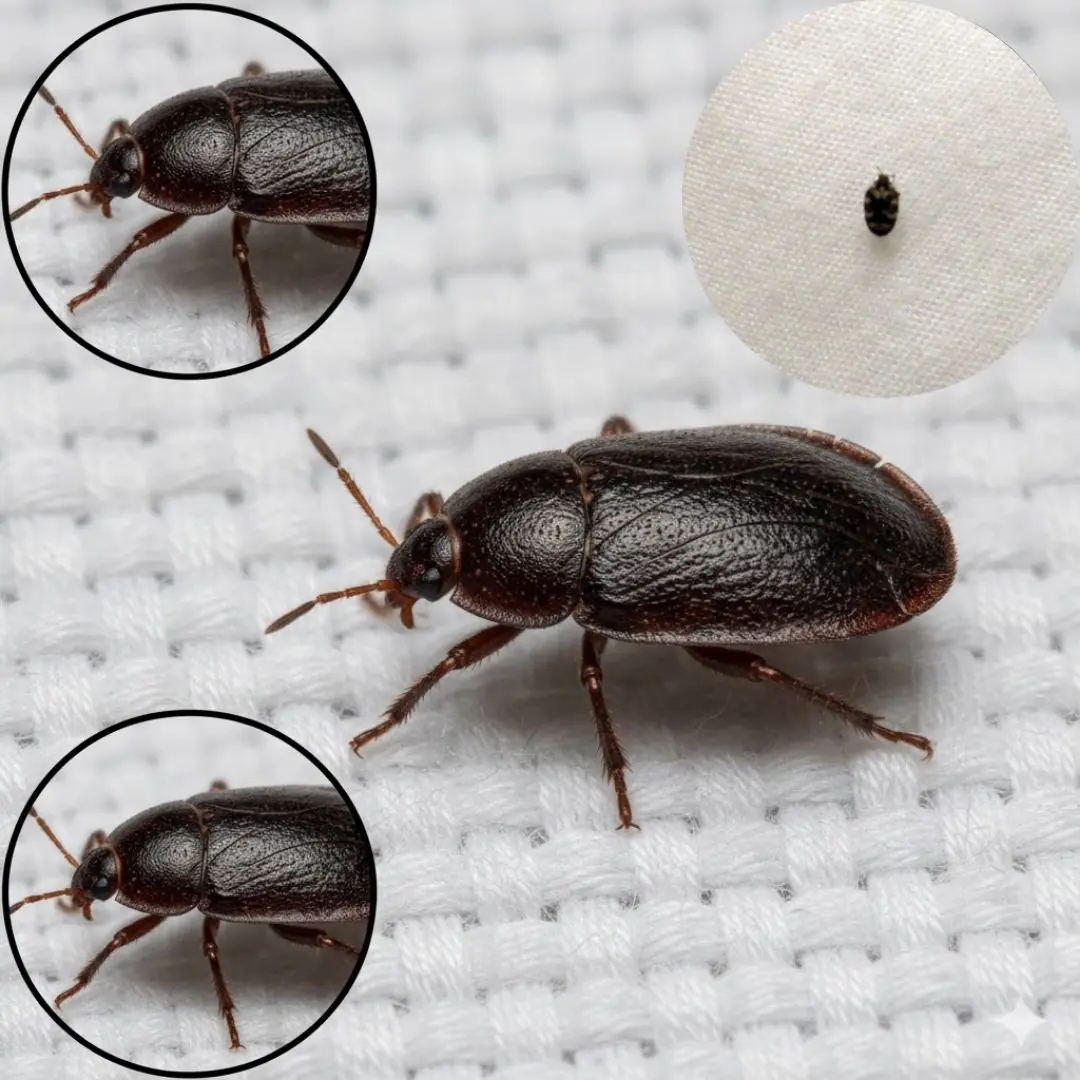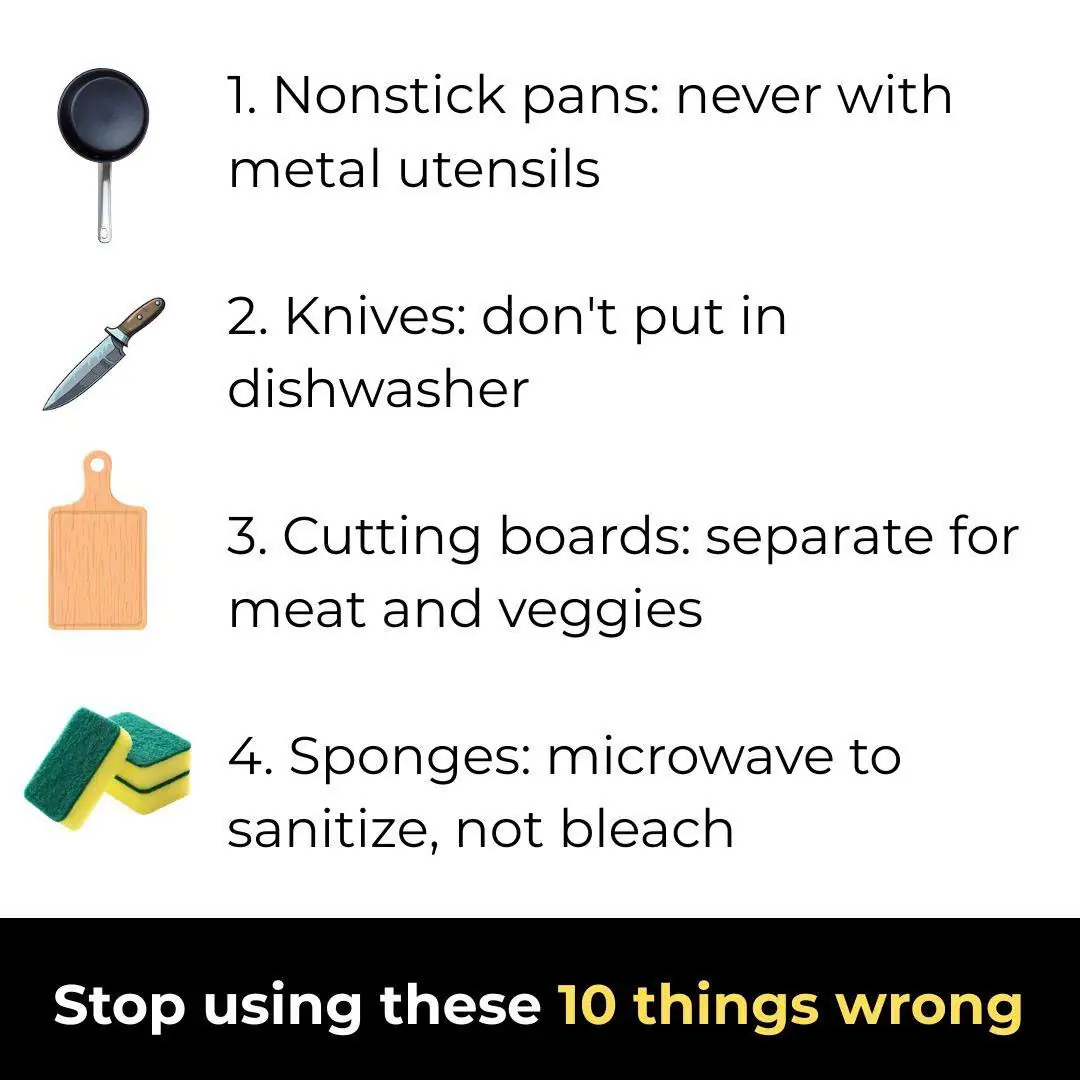
Why Is It Not Recommended To Hang Out The Clothes Outside
Why You Should Think Twice Before Hanging Your Clothes Outside
There’s something wonderfully nostalgic about freshly washed clothes drying in the open air—the gentle flap of fabric in the breeze, that unmistakable sun-kissed scent. It feels natural, eco-friendly, and even relaxing.
But as delightful as it sounds, this beloved habit comes with a surprising downside—especially if you suffer from seasonal allergies. Dermatologists and allergists agree: during pollen season, hanging your laundry outdoors might be doing you more harm than good.
Spring Isn’t So Sweet for Everyone
From early spring to late summer, nature bursts into life—but so do allergies. As trees blossom and grasses grow, the air fills with billions of microscopic pollen grains invisible to the naked eye.
According to allergy specialists, nearly one in three adults experiences seasonal allergic rhinitis, also known as hay fever. Symptoms can range from mild sniffles to weeks of itchy eyes, sneezing fits, nasal congestion, and even fatigue severe enough to disrupt sleep and focus.
While pollen counts vary by region, they often spike between April and September, with warm, windy days being the worst. And it’s during these seemingly perfect laundry days that you might unknowingly be exposing yourself to one of the season’s biggest irritants.
The Hidden Laundry Trap: A Pollen Magnet
When you hang your clothes or bed linens outdoors, pollen easily clings to damp fabric fibers. These particles are sticky and lightweight—perfect for riding the breeze straight onto your laundry line.
By the time your clothes are dry, they may be coated with pollen from trees, grasses, and flowers. Bringing them indoors means you’re also bringing allergens into your home—onto your furniture, your skin, and even your pillowcases.
The result? Your cozy, freshly washed sheets could actually be making your allergies worse at night. It’s like sleeping in a meadow of microscopic irritants—romantic in theory, miserable in practice.
How to Stay Fresh Without Inviting Pollen Indoors
Fortunately, there are plenty of ways to enjoy fresh laundry without the sneezy side effects. Try these expert-backed tips:
✅ Dry Indoors (Smartly): Use a clothes rack near an open window, in a sunlit corner, or under a ceiling fan to promote airflow.
✅ Use a Dryer When Needed: On high-pollen days, a tumble dryer is your best friend—it keeps fabrics clean and allergen-free.
✅ Cover Your Hair Outdoors: Pollen often sticks to hair and scalp oils; wearing a hat can reduce transfer to clothes and bedding.
✅ Shower After Being Outside: Rinsing off pollen from your skin and hair prevents it from spreading indoors.
✅ Check the Pollen Forecast: Many weather apps now include daily pollen levels—avoid outdoor drying on high-count days.
✅ Avoid Freshly Cut Grass: Mowing stirs up pollen clouds that can linger for hours.
These small precautions can make a big difference for allergy sufferers.
And What About Allergy Treatments?
If avoidance isn’t enough, medical relief can help. Antihistamines, nasal corticosteroid sprays, and anti-allergy eye drops remain effective first-line treatments. Some people benefit from immunotherapy (allergy shots or tablets), which gradually retrains the immune system to tolerate allergens.
However, prevention still works best. Something as simple as changing where you hang your laundry can dramatically reduce daily pollen exposure.
Bottom Line: Keep the Breeze, Lose the Pollen
You can’t stop pollen from floating through the air—but you can control what enters your home. By skipping outdoor drying racks during peak allergy season, you create a safer, cleaner environment where your body can truly rest and recover.
Let your laundry dry indoors, breathe easier, and enjoy the freshness of spring—without the sneezing, watery eyes, or constant tissue box nearby.
Because clean clothes should make you feel refreshed, not congested. 🌿
News in the same category


Have $2 bills? Their value might surprise you!

Why You Should Toss a Water Bottle Under Your Hotel Bed?

After receiving the ashes of a deceased person, you should know this...

🔧 What the Little Button on Your Seat Belt Really Does – A Tiny Feature With a Big Purpose 🚗✨

New Food Stamp Rules Start in November...

What My Daughter Nearly Touched Was Incredibly Dangerous

How You Make A Fist Shape Reveals a Lot

Find a Tick Inside Your Home

Optical Illusion Reveals Your Hidden Strength of Character

The Surprising Reason Men Don’t Walk Away from Their Marriages

Buckingham Palace statement in full as King Charles removes Prince Andrew’s title

Has the Bermuda Triangle Mystery Finally Been Solved

The Mystery Behind Open-Front Toilet Seats Finally Solved

40-Year-Old ‘Stone Baby’ Discovered in Elderly Woman’s Womb After Hospital Visit for Stomach Pain

Why are you absolutely forbidden to put your feet on the car dashboard, even when stopping?

Reason Why You Should Always Shower At Night

When Women Are Starved of Affection, They Do These 10 Things
News Post

ITV Emmerdale fans gush over 'handsome' Bear actor 26 years before soap fame

Stop buying these 10 things thinking they're healthy

Stop using these 10 things wrong

ITV Big Brother housemates suffer brutal blow just hours before live double eviction

Selling Sunset's Nicole addresses brutal Chrishell jab in tense season 9 reunion

Why Cats Leave Home and Don’t Return

Castor Oil After 50: Here’s What Happens After 7 Days of Use! 🌿✨

Unlock the Secret Benefits of Olive Oil 🌿✨

Mix One Ingredient With Orange Juice To Flush Toxic Buildup From The Lungs

Nine-Year Study Finally Clarifies the Link Between Sugar and Cancer

When buying duck eggs, should you choose “white shell” or “green shell”? Sellers reveal a method that only insiders know

Pour boiling water into pickled cabbage, it seems to have a bad taste but it turns out to be a very delicious pickling tip, surprisingly golden and crispy.

Pour a little fabric softener into the bowl, many problems in the house are solved immediately.

When thawing meat, add a few drops of this mixture for 10 minutes to soften the meat and keep it fresh and delicious.

When arranging roses, don't just use plain water. Add a few drops of this and the flowers will bloom. After 10 days, they will still not be fresh.

Because what Gideon didn’t realize was…

Everyone has made this mistake. What is the normal bl00d pressure for each age?

Squeeze a few drops of lemon into the eggs before frying them. Unexpected benefits that not everyone knows.
